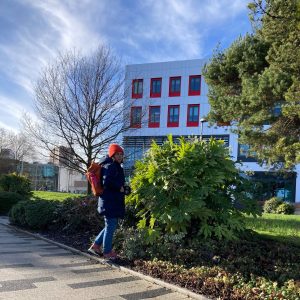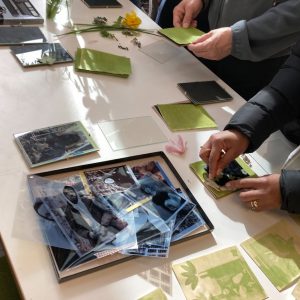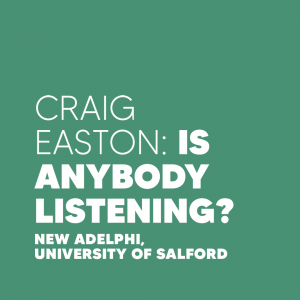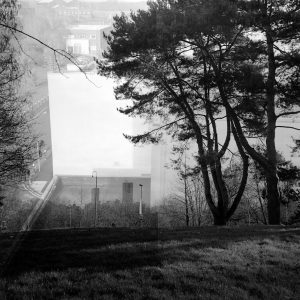
Is Anybody Listening? Symposium: Commissioning and Collecting Socially Engaged Photography
Join us in Birkenhead on 29th February for a thought-provoking symposium around socially engaged photography practice. Free to attend - book now!

Join us in Birkenhead on 29th February for a thought-provoking symposium around socially engaged photography practice. Free to attend - book now!

Lizzie King and Gwen Riley Jones share recipies and reflections from Sustaining Photography in four new blog posts.

Socially Engaged Photographer Gwen Riley Jones shares why the Sustaining Photography project is important to her.

The Sustaining Photography team share step by step instructions on how to make your own plant-based film developer.

Step by step instructions on how to make you're on plant-based sun prints from the Sustaining Photography team, Gwen Riley Jones and Lizzie King.

Lizzie King and Gwen Riley Jones present Sustaining Photography, an exhibition exploring plant-based alternatives to traditional photography PLUS an exciting engagement programme.

Craig Easton: Is Anybody Listening?, presented by the University of Salford Art Collection, arrives at the University, where Easton is an alumnus, after launching at Open Eye Gallery, Liverpool and touring to Blackpool School of Arts earlier this year.

Sustaining Photography is a collaborative project by Lizzie King & Gwen Riley Jones to connect and engage students at the University of Salford with sustainable photographic processes, using produce from the University’s Community Growing Space. Traditional photographic methods use chemicals that create toxic waste. The project instead is sharing and developing new methods using organic, […]

The University of Salford Art Collection is delighted to announce Mishka Henner as the first artist-in-residence with Energy House 2.0, in partnership with Open Eye Gallery and Castlefield Gallery.

Gwen Riley Jones refelcts on a blog first written in May 2022 discussing early work with Salford Youth Council and the origins of 'feeling triangle'.